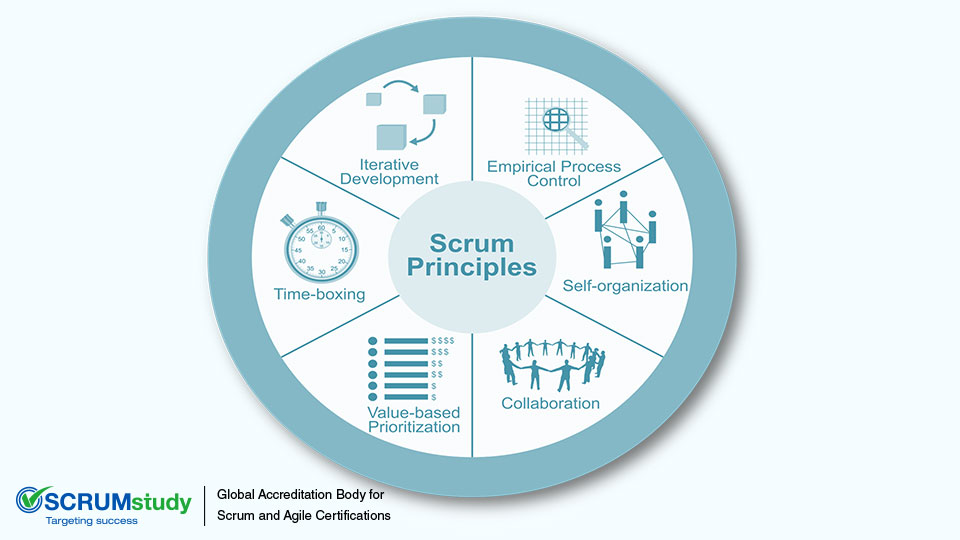What is Scrum Agile Empowerment?
Posted bySCRUMstudy® on April 18, 2024
Categories Agile Agile Frameworks SBOK® Guide Scrum Scrum Principles Scrum Processes
Scrum Agile Empowerment refers to the core principles and practices within the Scrum framework that enable teams to achieve autonomy, collaboration, and efficiency in project management. It emphasizes empowering teams by promoting self-organization and accountability, allowing them to make decisions and adapt quickly to changing requirements. Through iterative cycles of planning, execution, and review, Scrum Agile Empowerment fosters continuous improvement and enhances team dynamics, ultimately driving better outcomes and stakeholder satisfaction. This approach not only accelerates project delivery but also cultivates a culture of innovation and responsiveness within organizations adopting Scrum methodologies.
Agile Scrum is a project management framework emphasizing flexibility and iterative development. It divides work into short iterations called Sprints, where cross-functional teams collaborate to deliver potentially shippable increments of the product. Daily standup meetings, sprint planning, reviews, and retrospectives are key practices ensuring continuous improvement and customer satisfaction.
Scrum principles form the foundation of the Scrum framework, guiding teams in delivering high-quality products through iterative and incremental practices.
The principles of Scrum can be applied to any type of project or organization, and they must be adhered to in order to ensure appropriate application of Scrum.
The aspects and processes of Scrum can be modified to meet the requirements of the project, or the organization using it, but Scrum principles are non-negotiable and must be applied as described in the framework presented in A Guide to the Scrum Body of Knowledge (SBOK™ Guide). Keeping the principles intact and using them appropriately instills confidence to the user of the Scrum framework with regard to attaining the objectives of the project.
- Empirical Process Control—This principle emphasizes the core philosophy of Scrum based on the three main ideas of transparency, inspection, and adaptation.
- Self-organization—This principle focuses on today’s workers, who deliver significantly greater value when self-organized and this results in better team buy-in and shared ownership; and an innovative and creative environment which is more conducive for growth.
- Collaboration—This principle focuses on the three core dimensions related to collaborative work: awareness, articulation, and appropriation. It also advocates project management as a shared value-creation process with teams working and interacting together to deliver the greatest value.
- Value-based Prioritization—This principle highlights the focus of Scrum to deliver maximum business value, from early in the project and continuing throughout.
- Time-boxing—This principle describes how time is considered a limiting constraint in Scrum, and used to help effectively manage project planning and execution. Time-boxed elements in Scrum include Sprints, Daily Standup Meetings, Sprint Planning Meetings, and Sprint Review Meetings.
- Iterative Development—This principle defines iterative development and emphasizes how to better manage changes and build products that satisfy customer needs. It also delineates the Product Owner’s and organization’s responsibilities related to iterative development.
Scrum principles are the core guidelines for applying the Scrum framework and should mandatorily be used in all Scrum projects. The Scrum aspects and processes, however, can be modified to meet the requirements of the project or the organization.

